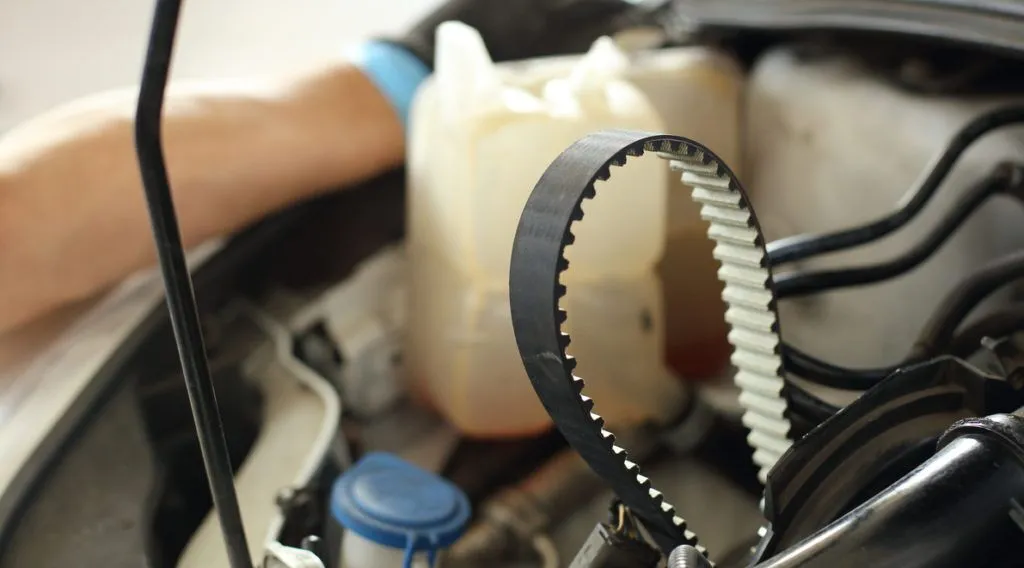- Arabic
- French
- Russian
- Spanish
- Portuguese
- Turkish
- Armenian
- English
- Albanian
- Amharic
- Azerbaijani
- Basque
- Belarusian
- Bengali
- Bosnian
- Bulgarian
- Catalan
- Cebuano
- Corsican
- Croatian
- Czech
- Danish
- Dutch
- Afrikaans
- Esperanto
- Estonian
- Finnish
- Frisian
- Galician
- Georgian
- German
- Greek
- Gujarati
- Haitian Creole
- hausa
- hawaiian
- Hebrew
- Hindi
- Miao
- Hungarian
- Icelandic
- igbo
- Indonesian
- irish
- Italian
- Japanese
- Javanese
- Kannada
- kazakh
- Khmer
- Rwandese
- Korean
- Kurdish
- Kyrgyz
- Lao
- Latin
- Latvian
- Lithuanian
- Luxembourgish
- Macedonian
- Malgashi
- Malay
- Malayalam
- Maltese
- Maori
- Marathi
- Mongolian
- Myanmar
- Nepali
- Norwegian
- Norwegian
- Occitan
- Pashto
- Persian
- Polish
- Punjabi
- Romanian
- Samoan
- Scottish Gaelic
- Serbian
- Sesotho
- Shona
- Sindhi
- Sinhala
- Slovak
- Slovenian
- Somali
- Sundanese
- Swahili
- Swedish
- Tagalog
- Tajik
- Tamil
- Tatar
- Telugu
- Thai
- Turkmen
- Ukrainian
- Urdu
- Uighur
- Uzbek
- Vietnamese
- Welsh
- Bantu
- Yiddish
- Yoruba
- Zulu
Desemba . 01, 2024 23:54 Back to list
steering belt
Understanding the Importance of Steering Belts in Automotive Engineering
In the realm of automotive engineering, the steering belt, more commonly referred to as the steering belt or steering system belt, plays a pivotal role. This crucial component is part of the vehicle's steering mechanism, responsible for ensuring that the driver can effectively control the direction and responsiveness of the vehicle. Although often overlooked, the steering system is fundamental to driving safety and performance. In this article, we will explore what steering belts are, their function, maintenance tips, and their significance in modern vehicles.
What is a Steering Belt?
A steering belt is a component typically associated with power steering systems. In hydraulic power steering systems, the steering belt connects the power steering pump to the engine. As the engine runs, it turns the steering belt, which in turn drives the pump. This pump generates hydraulic pressure that assists with steering, making it easier for the driver to turn the wheel, especially at low speeds or when parking.
In modern vehicles, the majority of power steering systems have shifted from hydraulic to electric power steering (EPS). However, the basic concept remains the same, where assistive technology helps to reduce the physical effort required from the driver.
Function of the Steering Belt
The primary function of the steering belt is to facilitate the operation of the power steering pump. When the driver turns the steering wheel, the steering belt ensures that the hydraulic fluid is moved efficiently through the system, allowing for smoother and less strenuous steering. A well-functioning steering belt ensures that the vehicle responds swiftly and accurately to the driver’s inputs, enhancing the driving experience.
When the steering belt is worn out, loose, or damaged, it can lead to a number of problems, including increased steering effort, a stiff steering wheel, or in severe cases, complete loss of steering assistance
. This can pose serious safety risks on the road.steering belt

Maintenance Tips
Regular maintenance of the steering belt and the entire steering system is essential for ensuring the longevity and efficiency of the vehicle. Here are some maintenance tips
1. Regular Inspection Periodically check the condition of the steering belt for signs of wear, such as cracks, fraying, or excessive looseness. Look for leaks in the power steering system as well.
2. Tension Adjustment Ensure that the steering belt is properly tensioned. A belt that is too tight may wear out quickly, while one that is too loose can slip and lead to damage.
3. Fluid Checks Monitor the power steering fluid levels and quality. Low or contaminated fluid can affect the performance of the steering system and lead to premature wear.
4. Professional Servicing Have the steering system, including the steering belt, inspected by a qualified mechanic during regular vehicle check-ups. They can advise on replacements and necessary repairs based on your vehicle's specific condition.
Conclusion
In conclusion, the steering belt is an integral component of the vehicle's steering mechanism, ensuring driver control and safety. As automotive technology continues to evolve, understanding the components and their maintenance remains vital for vehicle owners. By paying attention to the steering belt and the overall steering system, drivers can ensure a safer and more enjoyable driving experience. Whether you are driving a traditional hydraulic power steering vehicle or a modern electric version, never underestimate the importance of a well-maintained steering system.
-
Korean Auto Parts Timing Belt 24312-37500 For Hyundai/Kia
NewsMar.07,2025
-
7PK2300 90916-T2024 RIBBED BELT POLY V BELT PK BELT
NewsMar.07,2025
-
Chinese Auto Belt Factory 310-2M-22 For BMW/Mercedes-Benz
NewsMar.07,2025
-
Chinese Auto Belt Factory 310-2M-22 For BMW/Mercedes-Benz
NewsMar.07,2025
-
90916-02660 PK Belt 6PK1680 For Toyota
NewsMar.07,2025
-
drive belt serpentine belt
NewsMar.07,2025

